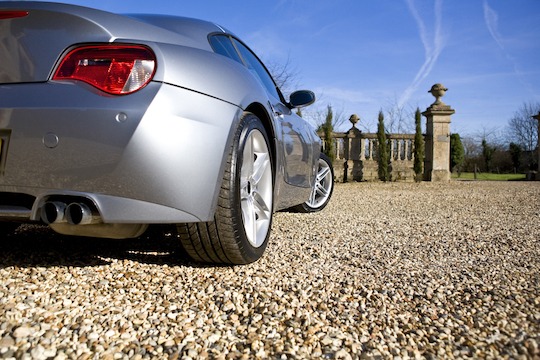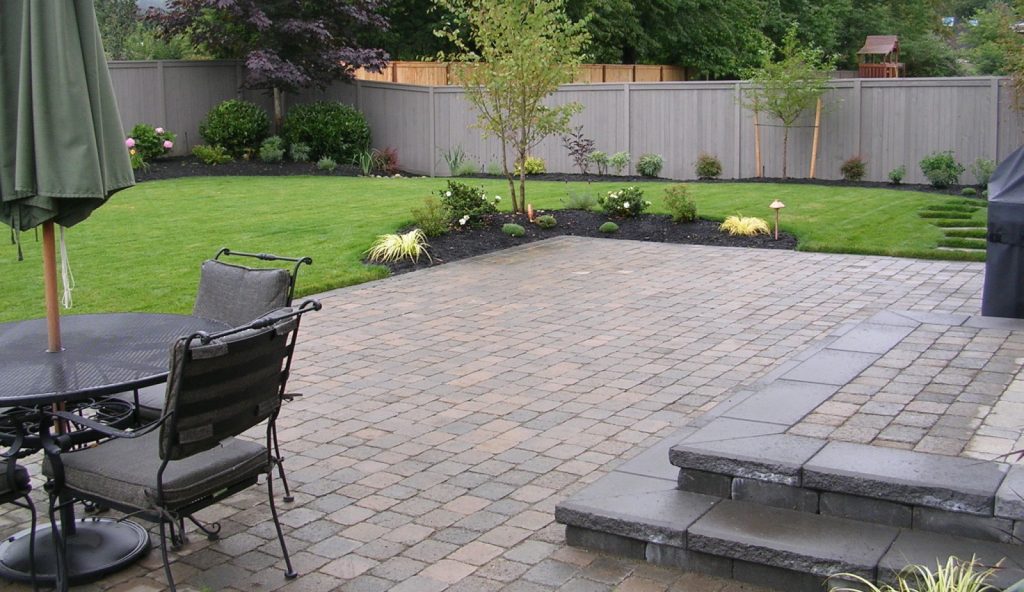Know your stones: The surfaces we drive and walk on, as well as use for landscaping purposes, are a matter of rock sizes, shapes, and how they’re held together.
Most of us don’t give a lot of thought to what’s underfoot. Indoors, it’s floors or rugs. Outside, it’s grass, sand, maybe dirt and probably pavement.
But in fact there is a lot of variation in how those surfaces are made, particularly when we are talking about pavement. And what’s notably important is how sophisticated the builders of those surfaces – asphalt paving contractors – have become over time.
Start with the variation in rock shapes and how it affects the structure of pavement. The kind of rock used in pavement – asphalt and its “country cousin,” chipseal – is angular in shape, for a simple, easy-to-understand reason. With flat surfaces and hard corners, the aggregation of these tiny bits of gravel lock into place (aided by the sticky bitumen). These types of angular stones are often referred to as “DG,” for “decomposed granite.”
In contrast, stones with rounded surfaces – “pea gravel” and “pond pebbles” are common types – would not lock into place as those surfaces would tend to slide by each other. In fact, they are created by nature as they roll in streams and water. A way to think about this would be to place 20 glass marbles tightly together on a floor, and also 20 plastic Lego blocks in a similar close-together formation. Run your hand over the marbles, applying slight pressure, and everything just rolls, right? Now, run your hands over the blocks: No roll, more of a lock.
This is not to say that round-surface pea gravel cannot be used as a ground surface. In fact, there are many ways to use it for edging in landscaping, as well as in walking pathways and even driveways. Available in a range of natural colors, pea gravel can be set on top of angular decomposed granite as a top coat, and stabilized with a below-the-surface grid of interlocking cells made of hard plastic. Such walkways and driveways generally have an edging made of metal to prevent spillage of the gravel into adjoining lawns or other landscape plants.
And even though this type of pea gravel treatment is less expensive than asphalt paving, it is often used around expensive homes for its character. Maintenance in snowy climates, however, is more difficult and they tend to rut over time, which requires refresher toppings.
Chipseal is a paving technique that bridges between solid asphalt and gravel roads. Also called “tar seal” or “tar and chip,” this is an application of loose, angular aggregate stones on top of some type of asphaltic surface treatment. The holding power of the aggregates is greater than if the stones were loosely laid. Expert installation ensures an even distribution of the stones and tarry emulsifier, which reduces dust and maintenance costs.
So popular and affordable is “chipseal” that some companies – chipseal contractors – choose to focus solely on chipseal installation for residential and commercial properties.
Traditional concrete and black asphalt use angular aggregate in a much thicker mix of bitumen. Except in rural roads and very long rural driveways, these materials are almost universal in their application. Which all the more makes the aggregates and gravels used in residential settings more popular.


